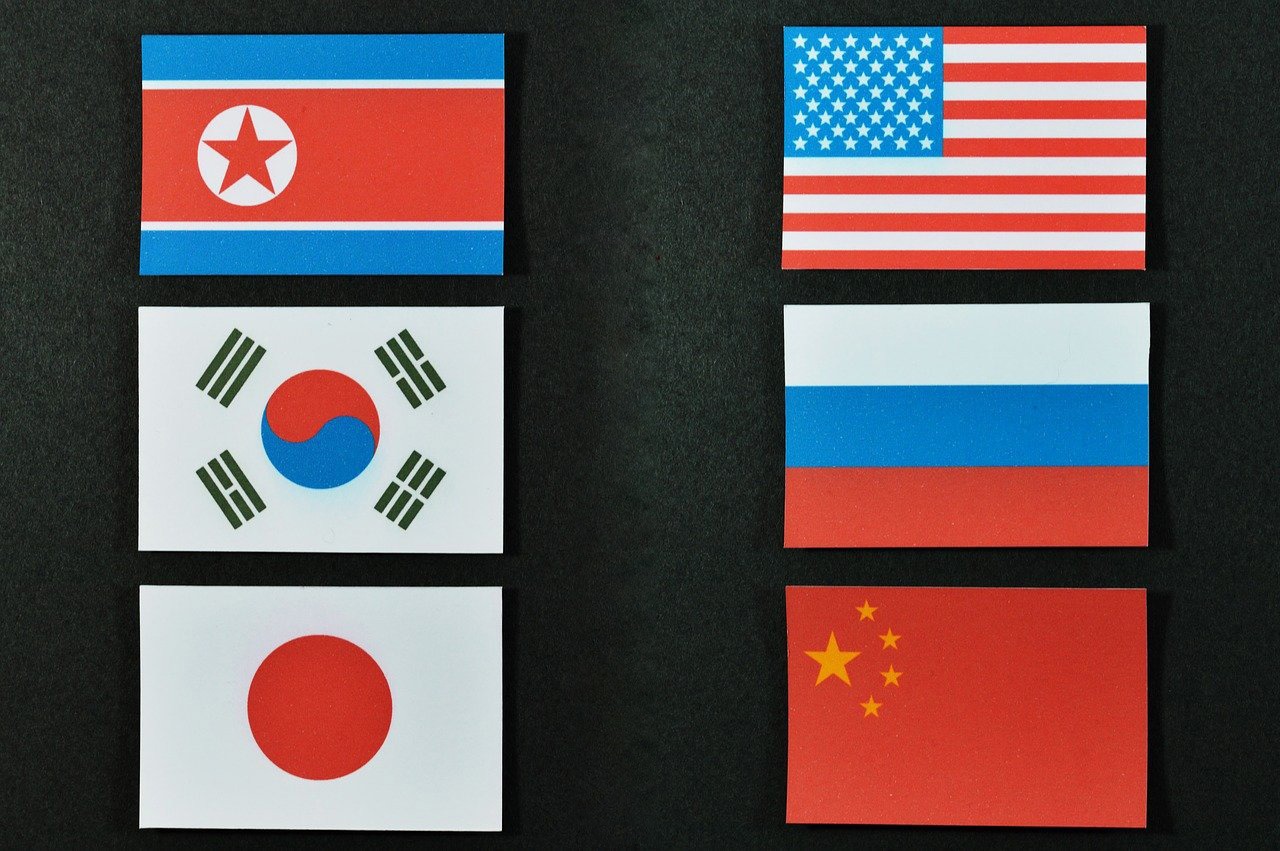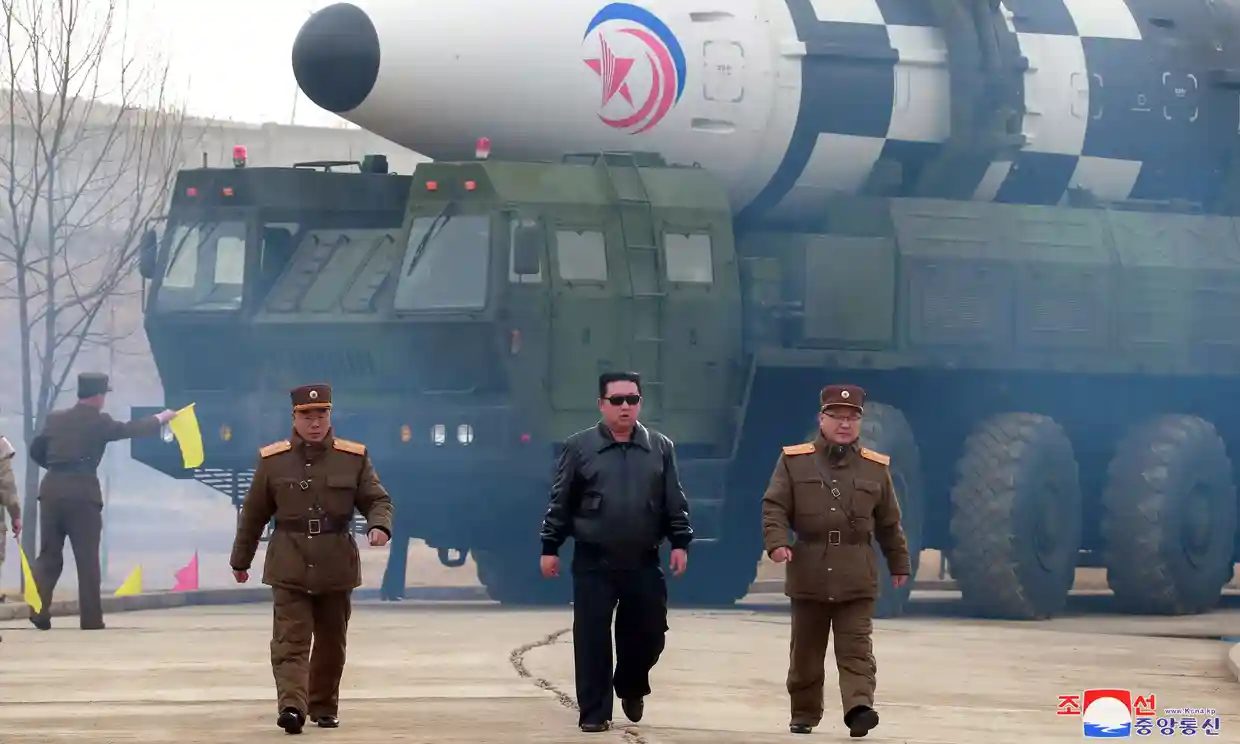US Nuclear Policy and Posture: Bending Toward Asia?
APLN Policy Brief 68
The following is a summary. Click on the adjacent link to download the full brief.
As long as China and North Korea are potential US nuclear adversaries, the United States will plan for the possible use of nuclear weapons against both. While the US-Asia nuclear dynamic is perhaps still years away from achieving co-equal status with the US-Russia dynamic as a driver of US nuclear weapons employment policy, plans, and deployments, it could evolve to where China in particular becomes much more important—cemented in place by the Trump administration’s more expansive nuclear policy and posture. The result may not be “stable deterrence” but rather both sides dug in more precariously on the nuclear ledge, with increasing risks of an accident, mistake, or miscalculation precipitating a dangerous fall into the precipice.
There are, however, concrete nuclear threat reduction steps by Washington and Beijing that would help shape the Asian strategic terrain in ways that would moderate or even mitigate a Cold War nuclear revival between the US and China in Asia. Those steps include:
- Exchanging data on nuclear forces;
- Abiding by their declared moratoria on nuclear explosive testing and working together to bring the Comprehensive Nuclear Test Ban Treaty (CTBT) into force;
- Adopting a bilateral “No First Use” policy;
- Commitments by the US not to deploy—and by China not to increase—intermediate-range missiles in the Asia-Pacific region.
About the Author
Steven Andreasen was the director for defense policy and arms control on the White House National Security Council staff from 1993 to 2001. He is a national security consultant who teaches at the University of Minnesota’s Humphrey School of Public Affairs.
Image: Pixabay stock.




